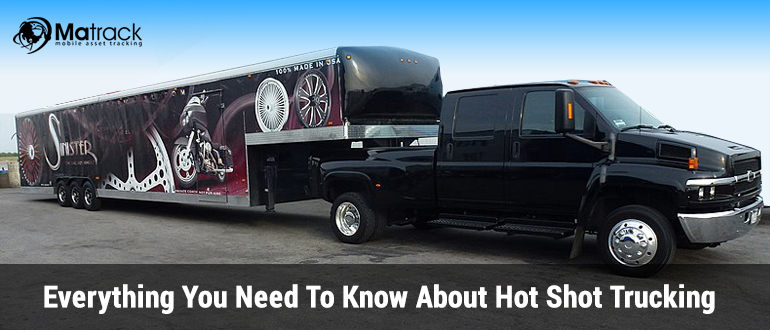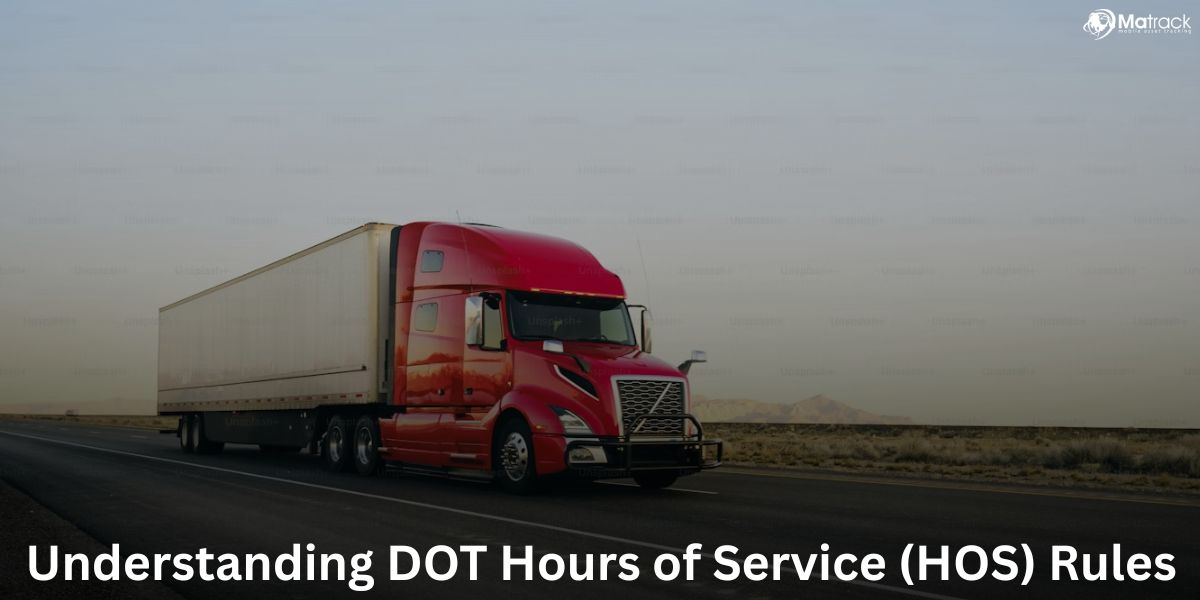Key Takeaways:
- Dispatching is the process of assigning the right resource to the right task based on availability, location, and urgency.
- There are five main types of dispatching, including manual, automated, centralized, decentralized, and dynamic.
- The dispatching workflow includes request intake, resource matching, assignment, notification, execution, and feedback.
- Matrack improves dispatching with real-time GPS tracking, ELD compliance, and live dash cam monitoring.
What Do You Mean By Dispatching?
Dispatching is the process of assigning specific resources like drivers, vehicles, or field workers to tasks based on location, availability, and priority. It bridges the gap between planning and execution by triggering real-time job deployment.
Job assignment systems track each dispatch in real time to confirm status and execution. These systems reduce idle time, avoid overlaps, and improve overall workflow reliability.
What Are The Types of Dispatching?
Manual Dispatching
Manual dispatching uses logbooks, whiteboards, and phones. Common in small businesses, it depends heavily on dispatcher experience. Errors increase as scale grows.
Automated Dispatching
Automated dispatching uses software algorithms and real-time data to assign tasks dynamically. It improves speed, reduces human error, and scales efficiently.
Centralized Dispatching
Centralized dispatching operates from a single control center. It offers tighter oversight but may delay localized responsiveness.
Decentralized Dispatching
Decentralized systems allow multiple smaller centers or units to dispatch locally. This format increases flexibility and faster field reaction.
Dynamic Dispatching
Dynamic dispatching reacts to real-time events like traffic, cancellations, or emergencies. It re-routes or re-assigns in motion.
How to Become a Truck Dispatcher?
To become a dispatcher, complete your education, develop strong communication skills, and train in industry-specific tools. Most dispatcher roles require a high school diploma along with the ability to manage real-time decisions in high-pressure situations.
Start by learning the core processes of logistics, emergency response, or field operations, depending on your target industry. Gain experience through entry-level positions or pursue certifications such as Emergency Medical Dispatcher (EMD) or commercial fleet dispatch training programs.
Dispatching Workflow: Step-by-Step
Dispatching follows a structured and repeatable workflow that ensures tasks are assigned accurately and executed without delay. This process enables smooth coordination between incoming requests and the resources needed to fulfill them.
Request Initiation
The workflow begins when a new service request or job ticket is received. This could include a customer requesting a delivery, a rider booking a vehicle, or a technician being needed for a repair.
Resource Review
Available resources such as vehicles, personnel, or equipment are reviewed in real time. The dispatcher or system evaluates which options are most suitable based on location, workload, and availability.
Task Assignment
The most efficient match is assigned to the task using predefined criteria like proximity, skill level, or job urgency. This step ensures optimal use of resources and faster response times.
Notification
The assigned resource is immediately notified of the task. Instructions are delivered through communication channels such as mobile apps, SMS alerts, radios, or dispatch consoles.
Execution and Monitoring
Once the job begins, its progress is continuously tracked. Dispatchers use GPS data, sensors, or manual updates to monitor execution and address any delays or disruptions in real time.
Completion and Feedback
After the task is completed, the outcome is recorded for reference. Any feedback or issues are documented to improve accuracy and efficiency in future dispatches.
Industries That Depend on Dispatching
Transportation and Logistics
This sector uses dispatching to coordinate vehicle movement, manage delivery schedules, and ensure efficient routing of shipments. It enables real-time control over fleets handling freight, parcels, and intercity transport.
Field Service Management
In this sector, technicians such as electricians, plumbers, and maintenance workers are dispatched to job sites. Task allocation is based on urgency, geographic location, and required skill sets.
Emergency Services
Dispatching is essential in managing ambulances, fire response units, and law enforcement vehicles. It ensures rapid, location-specific deployment of emergency responders during critical incidents.
Public Transit
Bus and rail operations depend on dispatching to maintain schedules, coordinate vehicle departures, and address route changes due to traffic or system disruptions.
Taxi and Ride-Sharing
The taxi fleet and ride-sharing industry uses real-time dispatch systems to match passengers with nearby drivers. Efficient dispatching reduces waiting times and balances demand with vehicle availability.
Air Traffic Control
Aircraft dispatching handles runway assignments, takeoff and landing schedules, and gate coordination. This process reduces airspace congestion and increases safety and flow efficiency.
Manufacturing and Warehousing
Dispatching directs the movement of raw materials and finished goods within production and storage areas. It helps maintain consistent workflows and prevents supply chain bottlenecks.
Benefits of Effective Dispatching
Effective dispatching enhances productivity, responsiveness, and efficiency. Specific benefits include:
- Faster Task Completion: Less lag between request and action
- Lower Operational Costs: Reduced idle time and fuel usage
- Higher Customer Satisfaction: Timely, transparent service
- Real-Time Agility: Immediate response to issues or delays
- Increased Resource Utilization: More tasks completed with the same resources
How Matrack Helps You In Dispatching Effectively?
Matrack helps in dispatching by using GPS fleet tracking to show where every vehicle is in real time. This allows dispatchers to assign the nearest and most available driver to each job quickly.
The ELD device logs driver hours automatically, so dispatchers know who is legally available for the next task. It prevents assigning jobs to drivers who are out of hours, keeping everything compliant and safe.
Fleet dash cam provides live footage and driving behavior alerts to the dispatch team. This helps them handle issues on the road instantly and make better routing choices.



